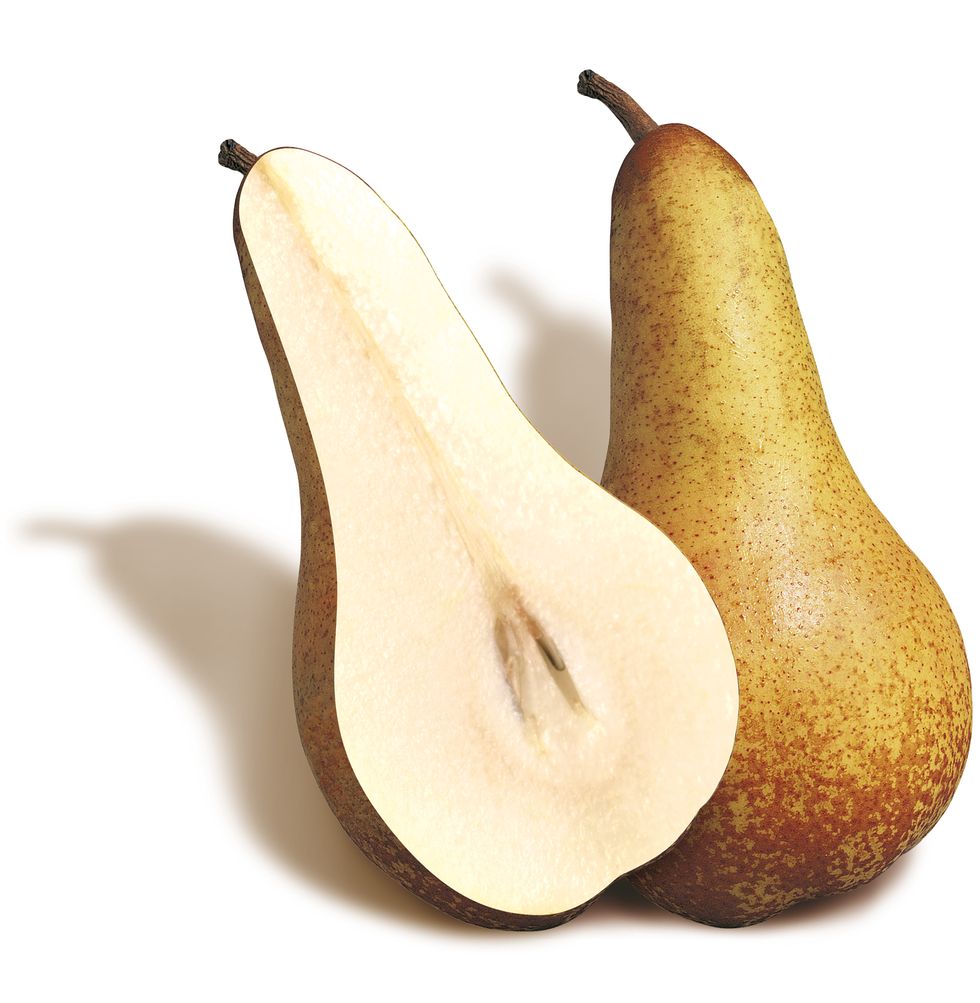
We are the second largest producer in the world, but when it comes to consumption, we slip to the end of the table. And 42 out of 100 Italians never eat them. Here's what we lose by forgetting about pears
Over 50s appreciate the flavor and variety of this fruit that brightens the cold season. But among the youngest, the pear does not gather support, so much so that only half of the under 50s consume it. And so the pear ends up in seventh place among the most present fruits on Italian tables, far from apples, oranges and bananas, as emerged from a report prepared by Agri2000. The fact is that pears do not have a strong identity, consumers say: they refer to the tree-lined countryside, to the memories of when they were eaten as children or to the combination with cheese, as the well-known popular adage dictates. Not really a trendy food or superfood experience. A big problem for Italian periculturists, internationally esteemed for their ability to combine large volumes (we are the second in the world, surpassed only by China), varietal renewal and qualitative excellence. For producers too, they have decided to focus on relaunching pears, highlighting their healthy qualities and trying, with the help of genetic research, to bring new varieties to store shelves that are able to attract especially younger consumers. In addition to focusing on gadgets that promote easier consumption, such as the reusable and recyclable pear-holder shell to carry this fruit in your handbag or backpack, and consume it at work, school or the gym.
A Mediterranean fruit
The first news on cultivation dates back to over 350 years before Christ. The advancement of civilization and the increasingly frequent commercial exchanges favored the development of natural crossings between the various species: so much so that as many as 41 different types were known already in Roman times. The varieties grown today derive from a set of wild species, all originating from Europe, Asia and North Africa, all then cultivated in the Mediterranean area.
Less than twenty "survived" of the 115 varieties existing between the seventeenth and eighteenth centuries, because, as happened to other fruit and vegetable products, those less transportable or conservable have been abandoned and often replaced by new varieties closer to commercial needs of today. For example, the University of Bologna has developed four new varieties (Early Giulia, Lucy Sweet, Debby Green and Lucy Red): sweet and tasty, they have the particularity of being precocious, and therefore of being ready already in summer. One way to extend the production calendar and the period of consumption of these fruits.
An Italian typicality
The traditional varieties of pears, the most cultivated and appreciated by consumers are Conference, William and Abate Fetel. Williams is medium in size, has an intense aroma, a very juicy, melting and sugary white pulp and a pleasantly acidic and aromatic aftertaste. On the other hand, the Conference pear, which arrived in Italy in the middle of the last century from Great Britain, is firm and juicy, sweet, aromatic and delicate. How many all'abate Fetel is the queen of autumn pears: it has an elongated shape, a fine and consistent white pulp, juicy and sugary with an unmistakable sweet-sour taste.
A separate discussion deserves the Kaiser pear, an Italian excellence. Medium-large and with a "rusty" skin, it is juicy and consistent, slightly grainy on the palate.
A moisturizing and fiber-rich food
On a nutritional level, the pear is a highly respected fruit because it has a nice mix of nutrients and beneficial molecules. Its first characteristic is the good content of simple sugars, which make it useful in periods of physical or mental fatigue, but which also advise against diabetics. This aspect, combined with the content of minerals and vitamins (especially potassium and vitamin C), makes it a fruit that helps increase the immune defenses and regulate the body's acid-base balance.
Then there is the fiber chapter, of which pears are extraordinarily rich: with a single pear you cover 16% of those recommended every day. These are mainly water-soluble fibers, which act on the intestine by normalizing its functions.
An ally in diets
Those trying to lose weight usually delete it because they think it is too sweet and caloric. On the other hand, the fact that it contains water and fructose is a strong point when you have to keep sugars and calories at bay: in fact the pear can be cooked without adding anything and can be used for delicious smoothies and centrifuged. It thus becomes a tasty and genuine snack, which brings minerals and fibers, which is very satiating and which gives the pleasure of a dessert but light.
An ingredient "h24"
The time has come to re-evaluate the pear also in the kitchen and in any meal of the day. Its neutral flavor also goes well with savory dishes, from risotto to quiches, and is suitable as an ingredient for sauces (for example, with broccoli or turnip greens) and cooked side dishes to accompany pork or game. Abbot Fatel goes perfectly with salty but is delicious cooked in red wine or diced in fruit salad with liqueur and ice cream. Williams is excellent for fruit salads, cocktails and smoothies, but also paired with swordfish or tuna carpaccio. The Conference is the most suitable for pies or to be enjoyed with melted chocolate, while the Kaiser, with its sweet-sour taste, is ideal for compotes and jams or baked in the oven.
So much can also be created in the classic combination with cheeses, with which it becomes an excellent single dish, nutritious and easy to digest, in which the water and sugar content of the pears integrates the protein and fat of the cheese. In particular, the Abate Fatel pear goes well with blue cheeses, such as Gorgonzola, while the Kaiser is irresistible accompanied by a good Pecorino, perhaps with some walnuts.







